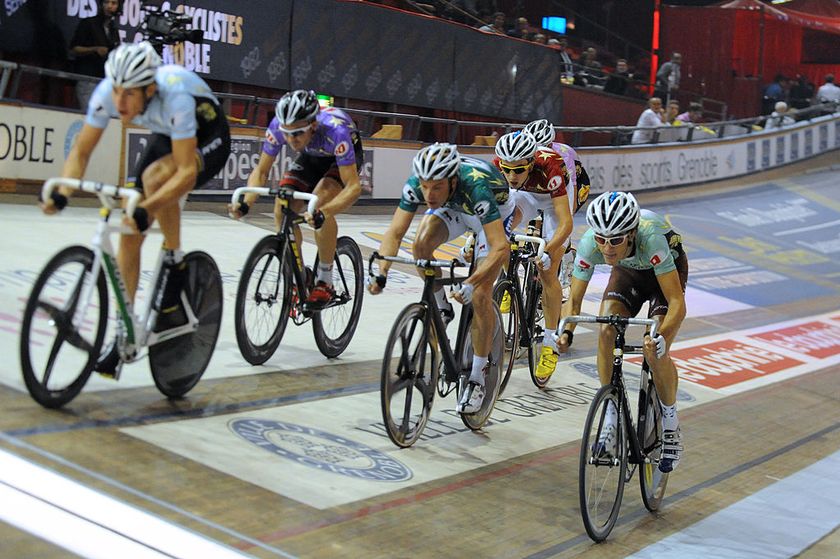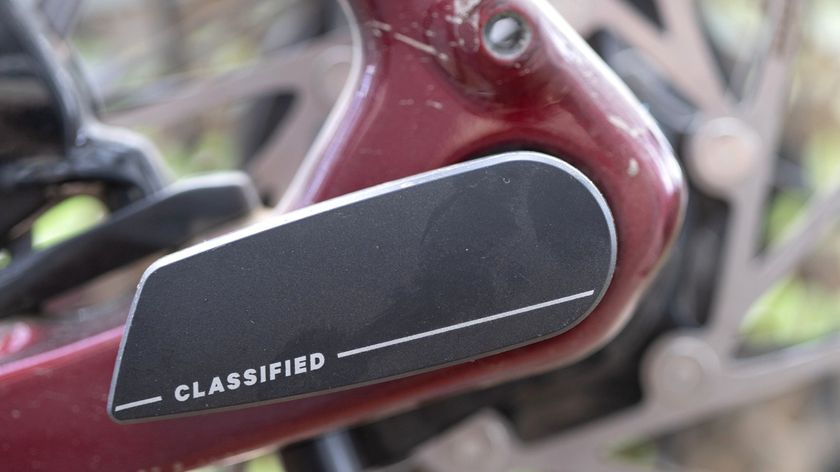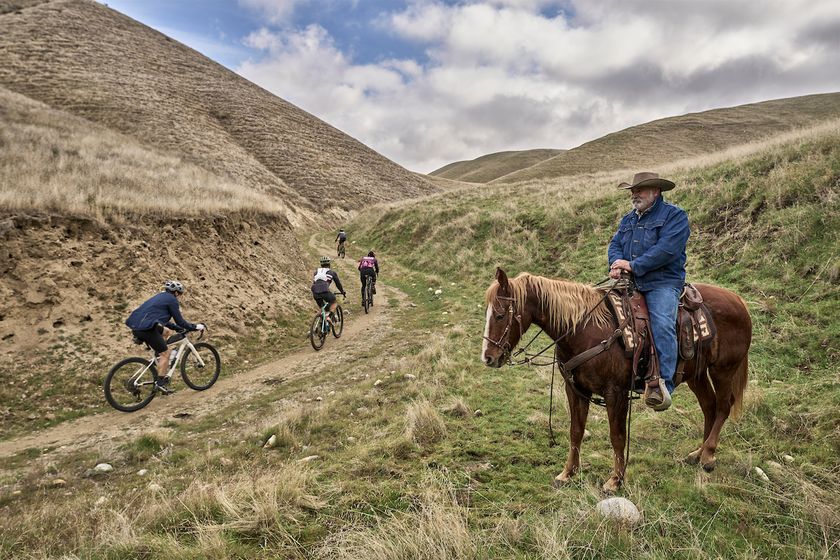Sagan happy to give a demonstration at Paris-Roubaix
Sixth place for Slovak after defiant showing




He still wasn't at his effervescent best, but rarely can a sixth place finish have felt as welcome for Peter Sagan as it did at Paris-Roubaix. The Cannondale rider put in an aggressive showing on the pavé that served as a robust response to the criticism he faced after two listless showings in his previous two monuments.
Expectations surrounding the 24-year-old have risen exponentially since his professional debut in 2010, and his recent - relative - failures at Milan-San Remo and the Tour of Flanders were deemed to constitute the first major setback of his career. Even victory at E3 Harelbeke the weekend in between seemed to offer little in the way of mitigation. Heavy lies the crown, indeed.
When Sagan punctured shortly before the Arenberg Forest, it looked as if this Paris-Roubaix was going to follow the pattern of his previous two appearances in the race, but he resolutely set about chasing back on. Later, when he was distanced by Fabian Cancellara's forcing on the cobbles at Ennevelin, he offered a defiant response by attacking as soon as he had caught back up to the Swiss rider.
That acceleration saw Sagan eventually bridge up to Tom Boonen's leading group on the cobbles at Wannehain, and then, with a mix of impetuousness and insouciance, he immediately attacked once again, leading the race into the Carrefour de l'Arbre.
"Today was quite a hard day. I had to change my bike three times and I was always having to chase back on," a mud-encrusted Sagan said after rolling to a halt in the Roubaix velodrome. "In the end, I decided to attack to go at a regular pace myself."
This was a curious edition of the race, marked by a headwind that led to a general lack of cohesion in the scattered leading groups and in that context, Sagan's solo effort was perhaps an understandable one. He held a lead of 15 seconds as he faced into the Carrefour de l'Arbre, so often Paris-Roubaix's final arbiter, but worn down from his earlier chase, he was caught shortly afterwards.
"I managed to get back on in front, but given the efforts I had to make all day I was just glad to get to the velodrome here almost with the leaders," said Sagan, who was unable to respond when winner Niki Terpstra clipped off the front with five kilometres to go, and unable, too, to compete with John Degenkolb and Cancellara in the sprint for second place.
Get The Leadout Newsletter
The latest race content, interviews, features, reviews and expert buying guides, direct to your inbox!
"In the end, I had cramps as well and I couldn't do a good sprint. I had lost a lot of energy before that also because when I was chasing to catch Boonen's group with the Belkin rider [Maarten Wynants], I had to do almost all the work. But so be it," he said.
During the week, Sagan had insisted that he was riding Paris-Roubaix primarily to gain experience, and he had bristled at the suggestion that he needed to perform strongly at the race to atone for falling short in San Remo and Oudenaarde in recent weeks. "Well, I'm happy today even if I didn't get the win or a top three place, because it was a demonstration."
A demonstration that he could one day win Paris-Roubaix? "Certainly, I'm beginning to think so," Sagan said, before adding pointedly: "In any case, after a Tour of Flanders like last week, I've shown that I can do well, no?"

Barry Ryan was Head of Features at Cyclingnews. He has covered professional cycling since 2010, reporting from the Tour de France, Giro d’Italia and events from Argentina to Japan. His writing has appeared in The Independent, Procycling and Cycling Plus. He is the author of The Ascent: Sean Kelly, Stephen Roche and the Rise of Irish Cycling’s Golden Generation, published by Gill Books.
Most Popular






